1. Please introduce yourself, your background, and how you got into aquaculture and the reef aquarium hobby.
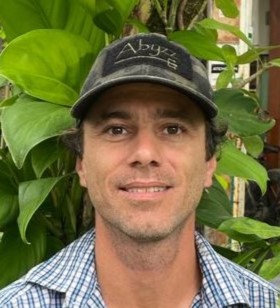 My name is Till Deuss, I was born in 1981 in Germany and I am a biologist and the founder of Bocas Mariculture, an aquaculture company focused on marine aquarium species based in Bocas del Toro, Panama. My passion for the natural world started early on; my parents often took me to the Museum of Natural History in Karlsruhe, which houses exceptional exhibits. I was so fascinated by the aquariums that they got me a small freshwater aquarium for Christmas when I was only three years old. In my youth I kept and bred insects and arachnids among freshwater fish in the basement of our house and I set up my first marine tank in the late 90s. In the beginning, it had only one piece of live rock and some hermit crabs and peppermint shrimp as a cleanup crew. A few polyps of a reef building coral (Psammocora sp.) on that piece of live rock over time became a large colony and I slowly turned the aquarium into a flourishing reef tank.
My name is Till Deuss, I was born in 1981 in Germany and I am a biologist and the founder of Bocas Mariculture, an aquaculture company focused on marine aquarium species based in Bocas del Toro, Panama. My passion for the natural world started early on; my parents often took me to the Museum of Natural History in Karlsruhe, which houses exceptional exhibits. I was so fascinated by the aquariums that they got me a small freshwater aquarium for Christmas when I was only three years old. In my youth I kept and bred insects and arachnids among freshwater fish in the basement of our house and I set up my first marine tank in the late 90s. In the beginning, it had only one piece of live rock and some hermit crabs and peppermint shrimp as a cleanup crew. A few polyps of a reef building coral (Psammocora sp.) on that piece of live rock over time became a large colony and I slowly turned the aquarium into a flourishing reef tank.
At night, I often witnessed larvae in my tank and I wanted to rear the young. At the time, aquarium related forums had just started popping up on the internet, and the general consensus was that it would be almost impossible to raise any marine larvae in a home setup. However, I soon successfully raised hermit crabs (Paguristes cadenati, Clibanarius tricolor and C. virescens), and Peppermint shrimp (Lysmata boggessi).
I started studying biology at the University of Marburg and learned how to breed a variety of species, setting up more and more aquariums for breeding in my student apartment. During that time, I cultured corals, and bred clownfish, neon gobies, dottybacks, peppermint shrimp and Berghia nudibranchs. I finished my bachelors with a thesis on reproduction and aquaculture of the Sexy Shrimp (Thor amboinensis) and my Master’s degree with a thesis on porcelain crabs of the gulf of Aqaba in Egypt. I had become more and more aware of the importance of marine ornamental aquaculture and was determined to pursue a career in the aquatic industry. A decision which, after accumulating more experience at several
jobs, led me to my current position as the founder and CEO of Bocas Mariculture.
2. Where is Bocas Mariculture? How did it start and what is your company’s mission?
We are based in the archipelago of Bocas del Toro in northwestern Panama close to the border of Costa Rica. Bocas del Toro is a beautiful and quite unique place with diverse habitats and cultures. When I first arrived as a fellow with the Smithsonian Tropical Research Institute, I saw that it could be a great place to set up family-based in-situ “coral farm” to supply the aquarium trade and generate much needed revenue for the lowest-income communities in the region.
My dream was to create a model organization for the aquarium trade and a win/win of ecological and socioeconomic benefits. It would provide a substitute for wild caught animals, thereby relieving the pressure on the reefs, and create a sustainable income stream as an alternative to fishing, taking pressure off local families to sustain their life.
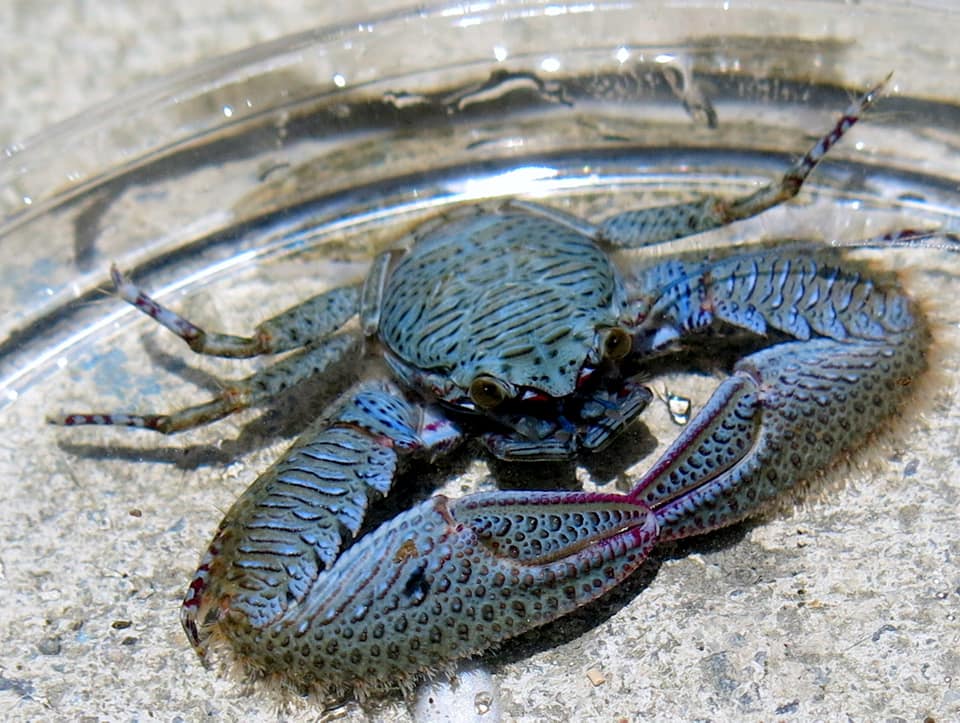 We obtained a research permit and started experimental small-scale ocean farms, involving indigenous families. At the time, obtaining permits was a very cumbersome process and initially we had little governmental support. It took many years and several attempts, but finally our efforts were recognized, and the position of the Panamanian government shifted to a very positive reception. The current government has supported us in many ways, including awarding us a grant for our proposal of a laboratory
We obtained a research permit and started experimental small-scale ocean farms, involving indigenous families. At the time, obtaining permits was a very cumbersome process and initially we had little governmental support. It took many years and several attempts, but finally our efforts were recognized, and the position of the Panamanian government shifted to a very positive reception. The current government has supported us in many ways, including awarding us a grant for our proposal of a laboratory
for innovations in aquaculture, which we are now building.
We are dedicated to protecting the environment by means of an environmentally, socially, and financially sustainable aquaculture business. Our mission is to lead by example and represent the aquaculture industry in the best possible way. By involving the local community, by educating and reconnecting people with nature, by combating illegal wildlife trade, and most importantly by showing that an ecological and socioeconomic win/win is possible!
3. What species of fish/ inverts and corals do you aquaculture at your facility?
We only work with species native to our region, because we are located on an island we use
natural seawater and want to avoid any risk of accidentally introducing potentially invasive species. We take this very seriously even with our live feeds and we collect all our brood stock ourselves. We started out growing corallimorphs and zoanthids (of which we now have over 60 varieties) at our experimental family-based ocean farms. From there we moved on to land-based breeding of mobile invertebrates such as the Junda Lin Peppermint shrimp (Lysmata jundalini), Pederson cleaner shrimp (Ancylomenes
pedersoni), Arrow crab (Stenorhynchus seticornis), Porcelain crabs (Petrolisthes galathinus and P. bolivarensis) and Sea urchins (Lytechinus spp).
 Cleanup crew species are an area we want to pay special attention to since they play an important ecological role and are traded in high volumes. Since we have set up our first lab we have also been
Cleanup crew species are an area we want to pay special attention to since they play an important ecological role and are traded in high volumes. Since we have set up our first lab we have also been
breeding a whole range of gobies including the Greenbanded goby (Tigrigobius panamensis) and Neon gobies (Elacatinus illecebrosus and E. horsti), two species of blennies and some pelagic spawners like hamlets (Hypoplectrus nigricans) and the Chalk bass (Serranus tortugarum). Recently, we established broodstock of the Royal gramma (Gramma loreto), and the Yellowhead jawfish (Opisthognathus aurifrons).
We are step by step advancing our methods to breed more difficult species and expand our variety once the new facility we are currently constructing is ready to operate.
4. What is your opinion on the collection of marine organisms for the aquarium hobby?
Wild collection for the aquarium trade can be done sustainably. The amount of biomass removed is very small and the possibility of sustainably collecting a limited amount of specimens can turn traditional fishermen into stewards of the reef. The issues we are facing in some regions are overfishing, long supply chains resulting in low prices, and the use of destructive fishing techniques, which local fishermen will resort to when they see no alternative. Such behavior as well as an emotionally charged environment make the aquarium industry an easy target for total bans on import / export while little is done about
much more severe environmental damage caused by industrial food fishing. Low-impact wild collection can be a valuable source of income for certain remote communities in the future. Nevertheless, Bocas Mariculture focuses strictly on breeding and only collects a few specimens for initial brood stock.
5. What are the greatest challenges of operating an ornamental aquaculture farm?
 In ornamental aquaculture we face the same biological challenges as food aquaculture when it comes to reproduction and larval rearing, but we operate at a much smaller scale, a lower budget, and a higher diversity of species. Research and development of new species requires a lot of time and money. The limited resources cause a lack of aquaculture protocols for most species we are dealing with. This makes it very difficult to apply standardized processes.
In ornamental aquaculture we face the same biological challenges as food aquaculture when it comes to reproduction and larval rearing, but we operate at a much smaller scale, a lower budget, and a higher diversity of species. Research and development of new species requires a lot of time and money. The limited resources cause a lack of aquaculture protocols for most species we are dealing with. This makes it very difficult to apply standardized processes.
Facilities situated in remote areas like ours face the additional challenges of access to supplies (especially feeds) and trained staff. We have to order material well in advance and are forced to store backups of essential components on-site. Furthermore, we deal with unreliable power supply and transport. Our staff is hired locally whenever possible, but this means having to start training from basically zero. There are very few qualified workers coming out of universities in the region.
6. Are there species that you would like to work with but feel are impossible in some way?
A lot of species seemed impossible to breed twenty years ago when I started breeding marine species. Huge advances have been made, especially with culture methods and availability of live feeds like copepods. The commercial aquaculture of many difficult to rear species is now a reality; take tangs and angelfish for example. Some species with very specific needs or very long larval duration might be impossible to produce in a commercially viable way at the moment. But surely, we will be able to breed
more and more species once thought to be (almost) impossible. The same is true for corals: We have come a long way and I am convinced that we will be able to keep and reproduce those amazing azooxanthellate soft corals like Dendronephthya and Scleronephthya, as well as sponges, tunicates, and other filter feeders.
7. Do you think there is a potential economic symbiosis between ornamental fish/coral farms and tropical coastal resorts? The hotels get the attraction and good will, the farms get costal access and seawater?
I don’t know about (large) resorts. Unless they specifically promote ecotourism, they don’t necessarily have the best reputation in terms of ecological footprint and impact on the environment. However, I definitely see potential for such a symbiosis between the tourism industry in general and ornamental aquaculture farms. Ecotourism is becoming more and more important and is expected to continue to show good growth over the next decade. There is an opportunity for rural coastal communities to provide ecotourism services and involve sustainable ornamental aquaculture farms as a tourist attraction, maybe in combination with canoeing, diving, or snorkeling.
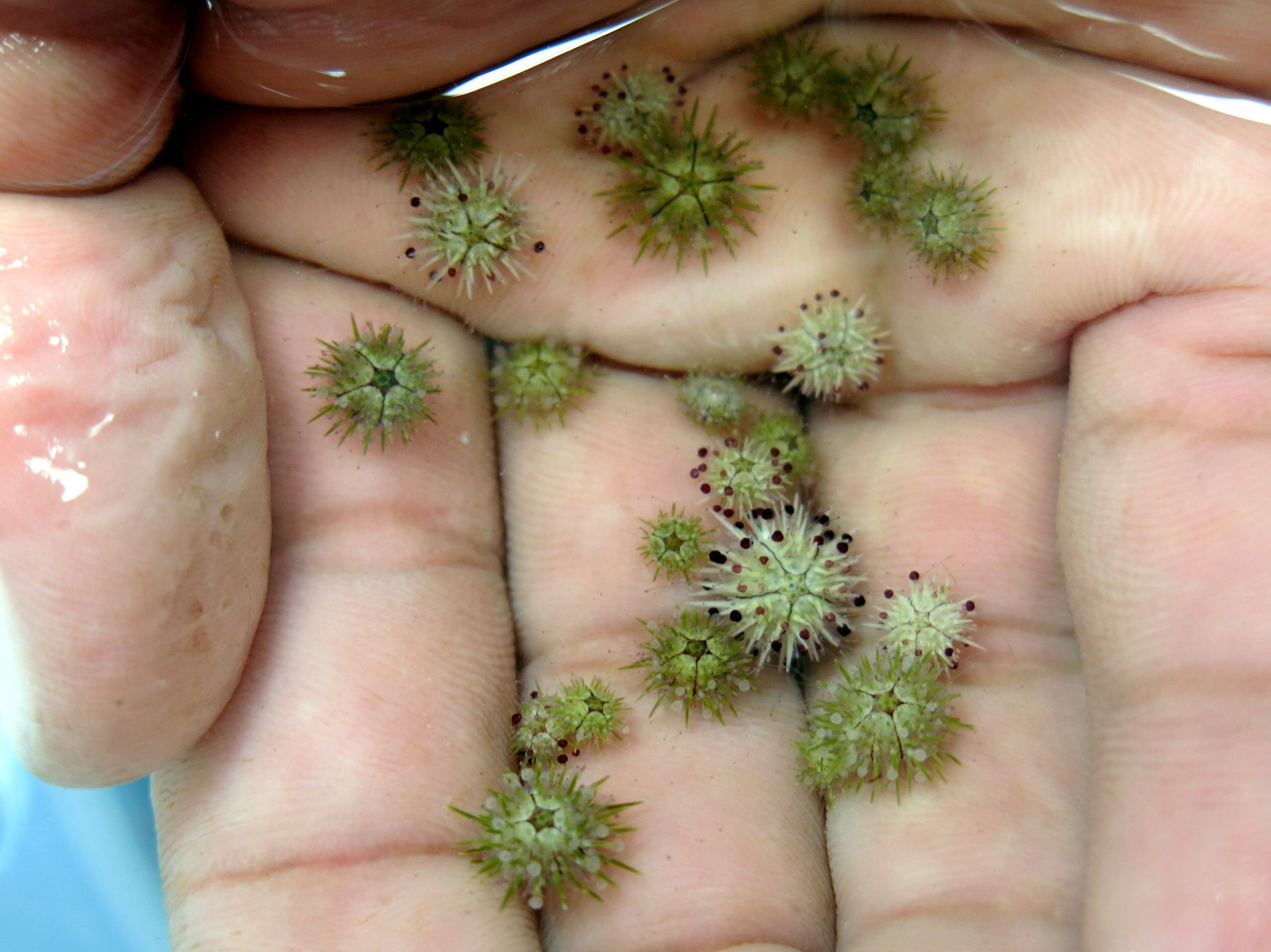 The Panamanian tourism authority has recognized this potential. In the context of becoming the first pilot country for the UN Fund for Climate Neutrality of Tourism they have reached out to us, and we have been exchanging ideas about future plans for our family-based ocean site farms. We have worked out a proposal to scale up these farms and combine it with ecotourism to provide an additional source of sustainable income to low-income families and the tourism authority has signaled interest in contributing financial support.
The Panamanian tourism authority has recognized this potential. In the context of becoming the first pilot country for the UN Fund for Climate Neutrality of Tourism they have reached out to us, and we have been exchanging ideas about future plans for our family-based ocean site farms. We have worked out a proposal to scale up these farms and combine it with ecotourism to provide an additional source of sustainable income to low-income families and the tourism authority has signaled interest in contributing financial support.
8. In general, how do you think the aquarium/ aquaculture industry can be made more sustainable?
Lawmaking authorities’ thorough understanding of the industry mechanics and ecological complexities is crucial. A well-meant but uninformed ban on wildlife trade, for example, can easily achieve the opposite of what was intended by killing sustainable farming and pushing the remaining wild collection into illegality. Instead, we need governmental support for sustainable aquaculture as well as Ecosystem-based Adaptation (EbA) approaches for wild collection: a nature-based solution to harness biodiversity while paying attention to conservation, sustainable management, and restoration of ecosystems. The local communities at the source must be involved through education and the offer of ecologically viable income opportunities. Better traceability along the supply chain helps combat illegal extraction and potentially reduces the risk posed by invasive species (at Bocas Mariculture we breed native species only).
As members of the industry, it is our duty to support authorities in their decision making to create a legal framework beneficial for both the hobby and nature! As a hobbyist you can contribute by paying attention to where your animal comes from and choose a sustainably sourced specimen over the latest hype with uncertain origin.
9. What is your ideal aquarium?
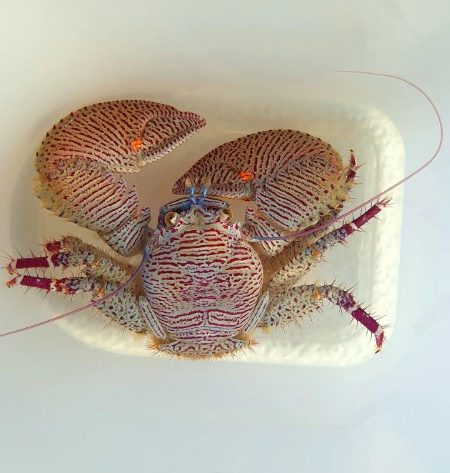 To me, the ideal aquarium is a window into nature. It connects people with nature right in their living room by giving them a small glimpse of our wonderful underwater world. It sparks joy and excitement in children and as well as grownups and motivates its owners to learn about marine species and increases awareness of the dangers that threaten their precious habitats.
To me, the ideal aquarium is a window into nature. It connects people with nature right in their living room by giving them a small glimpse of our wonderful underwater world. It sparks joy and excitement in children and as well as grownups and motivates its owners to learn about marine species and increases awareness of the dangers that threaten their precious habitats.
I would like to see more biotope-style aquariums with an ecologically conscious selection of species and adequate tank sizes. Imagine a very large nano-tank, let’s say a 100-gallon, reef aquarium containing only very small fish species, inverts, and corals. For example, a large group of the Masked goby (Coryphopterus personatus) or an aquarium containing table forming Acropora and a large amount of associated gobies like Eviota bifasciata or Bryaninops natans. Sometimes less is more and personally, I prefer an aquarium with a certain attention to detail and focus, modeled after a real habitat, over a collection of colorful bonsai corals.









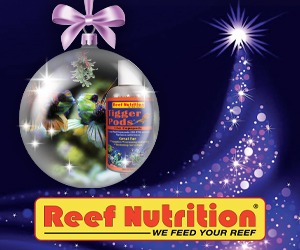
Wao, that is beautiful for our communities to have your knowledges and what a lovely experience for our kids, and will be more excitement to have in Bocas del Toro our first in Centro America a sea aquarium for everyone to come to visit and to see what Bocas can offer. Thanks